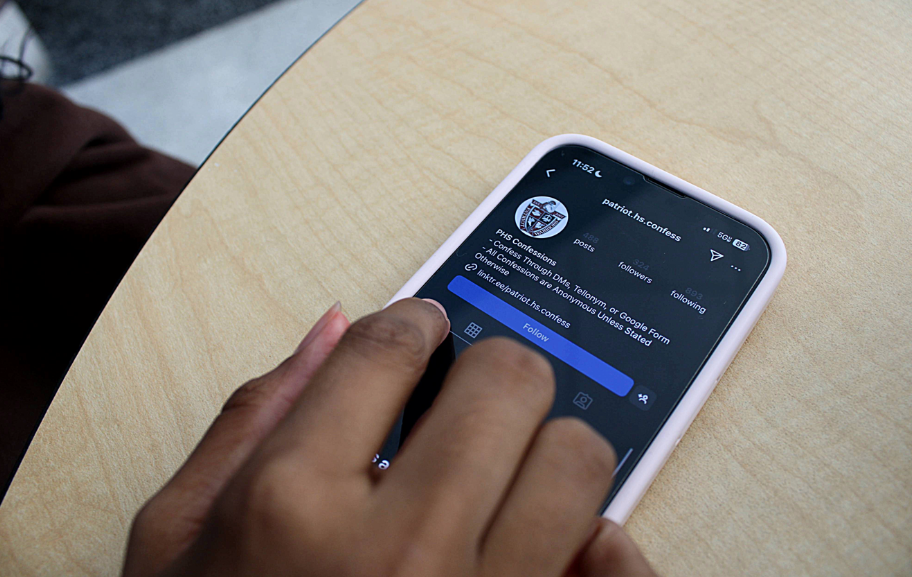From the outside looking inwards, it’s easy to make assumptions about students based on their conduct; for example, a student who is rowdy and quick to anger is considered “bad”. Their dramatic outbursts and apparent lack of consideration for others make them a menace to their peers and staff alike, and they seemingly reject all efforts to help them.
Such behaviors are concerning and can lead to trauma, imprisonment, and even death; therefore, early intervention is key to setting students on the right path. Even at the high school level, it can be life-changing for students. However, it is crucial for educators and parents alike to first understand the root causes of student behavior.
While there isn’t a single cause for misbehavior among students, a common cause is ACE, or Adverse Childhood Experience, a potentially traumatic event that occurs during childhood. ACEs can include abuse, incarcerated family members, witnessing violence in the home or community, etc., and they often leave children with various mental health issues. Although poor mental health does not excuse a person’s behavior, it is a common risk factor for behavioral issues.
ACEs make it difficult for people to regulate their emotions and form healthy relationships, and many students, especially in low-income households, do not have access to therapy and other forms of support. This often causes them to form unhealthy habits, such as substance abuse and physical violence, and traumatize themselves even further.
To make matters worse, the risky behavior exhibited by these individuals often occurs in “cycles” that can be traced through several generations. These cycles can be extremely difficult to break, even when students are surrounded by positive influences, because the trauma they experience is often ongoing. In the United States, where only around 20% of adults seek mental health treatment, it is highly likely that many people pass their issues down to their children.
It is important to note that trauma manifests itself in many ways, including anger, irritability, or even violent behavior. Students with depression and anxiety are often sympathized with by peers and teachers when exhibiting stereotypical signs of mental illness, such as panic attacks or persistent sadness. However, seemingly “difficult” students need care as well.
Although it is important for students to face consequences for their actions, educators must approach discipline in a way that effectively addresses student behavior with careful consideration of the negative impact of certain forms of discipline. For someone who’s struggling, the knowledge that someone cares for them can help them feel encouraged to work harder.
As a child, all I ever wanted was to go to high school; however, upon entering my freshman year, I realized that high school was more complicated than I had imagined. Back in middle school, I had a GPA of 3.5; by sophomore year, it had plummeted to a disgraceful 1.9. As my grades fell, it appeared that my family’s love for me fell with them.
I had been held to a high standard my whole life, especially by my mother, who had spent most of my childhood earning her master’s degree and wasn’t pleased with my performance. Not a single day went by without confrontation, and, soon enough, I began to feel like a stranger in my own home. I wished for nothing more than to escape, even to die; however, I soon realized that I wasn’t alone.
My third and sixth block teachers showed me kindness when I needed it the most, and even though I knew I wasn’t “special”, I deeply appreciated their support. It didn’t magically heal my trauma, nor did it make me into the perfect student; however, it encouraged me to try, even if I could only do the bare minimum. I couldn’t say the same for many of my other classes, where I felt invisible and alone.
Although it is unrealistic and unfair to expect school staff to become therapists for their students, showing them respect and concern can make a world of difference. Although students are responsible for seeking help, it helps when they know who to trust. Check in with students to make sure they’re okay before making quick judgements; you never know what they may be going through.








